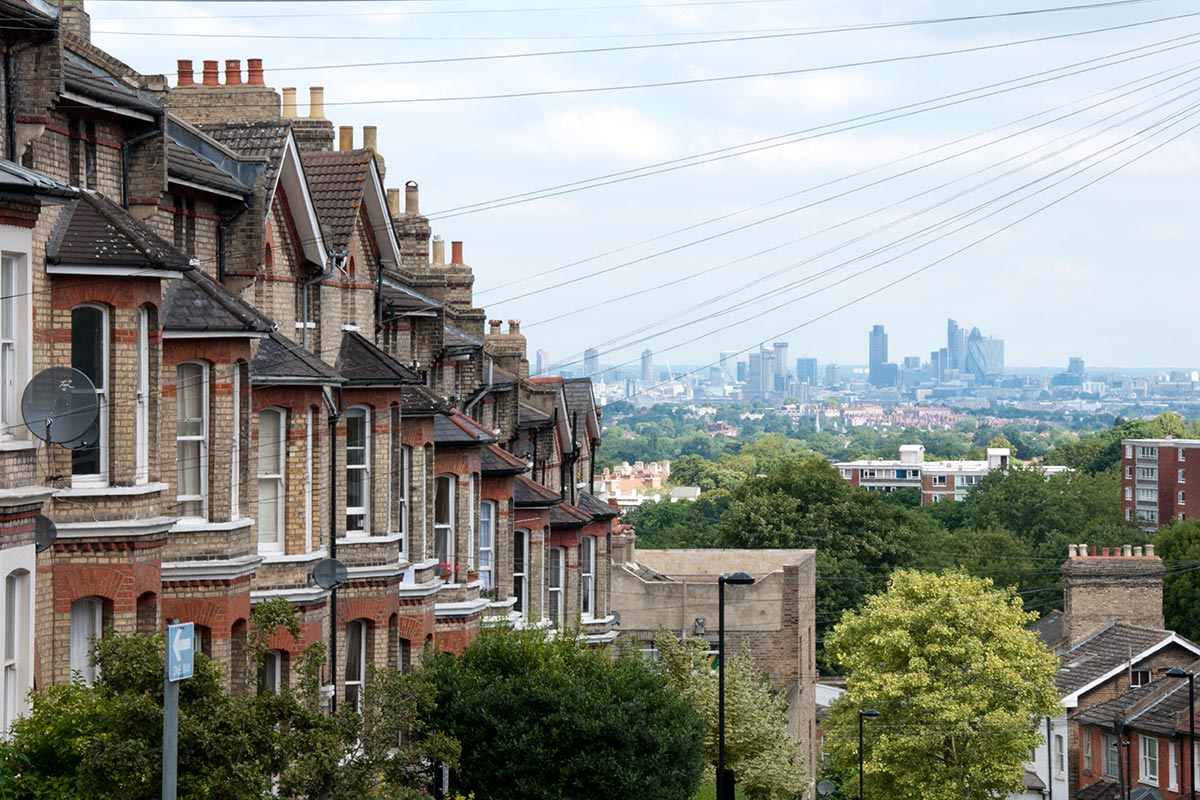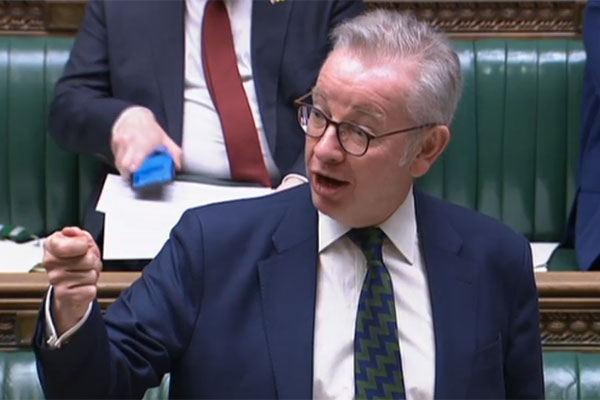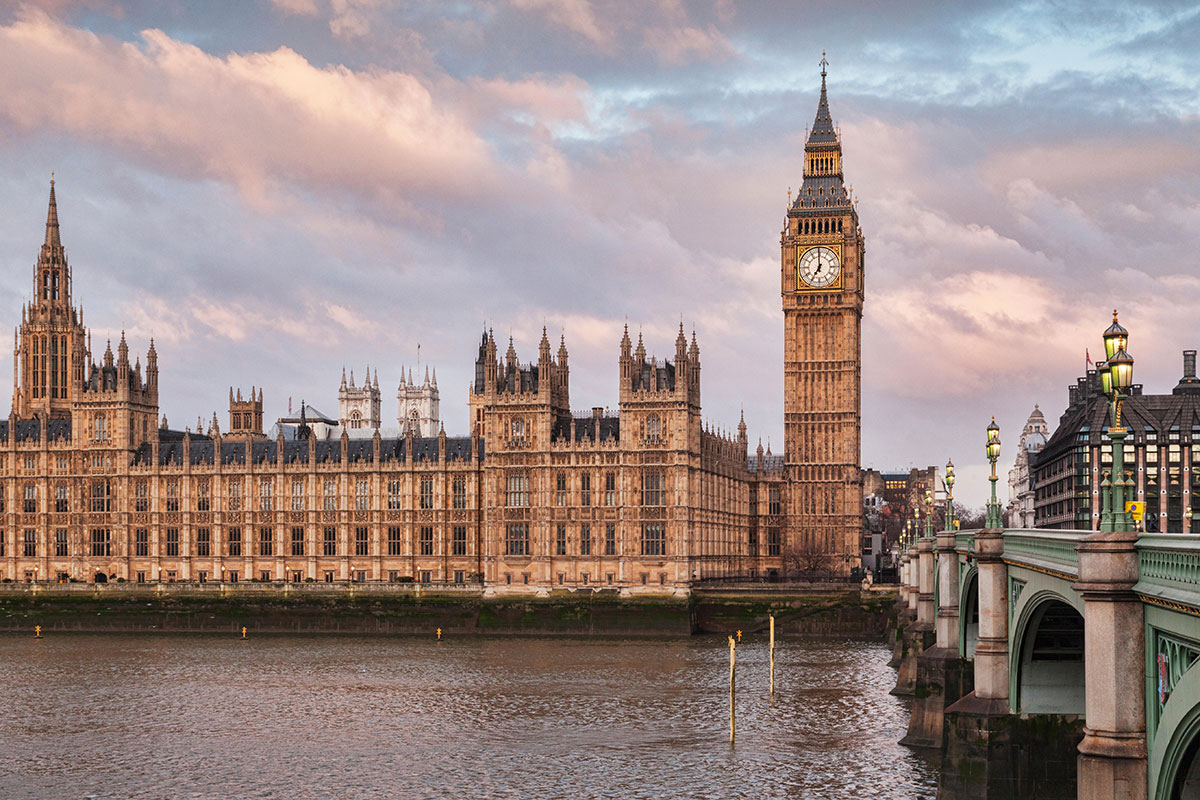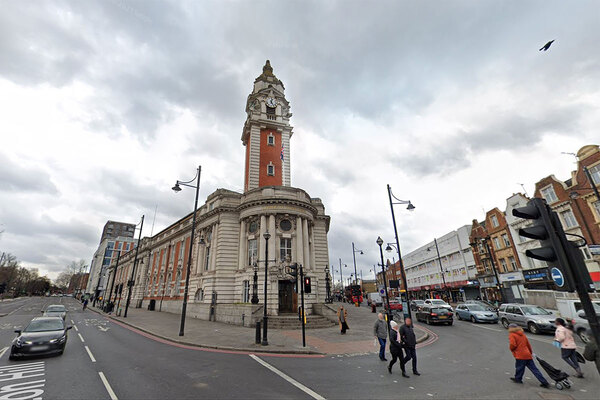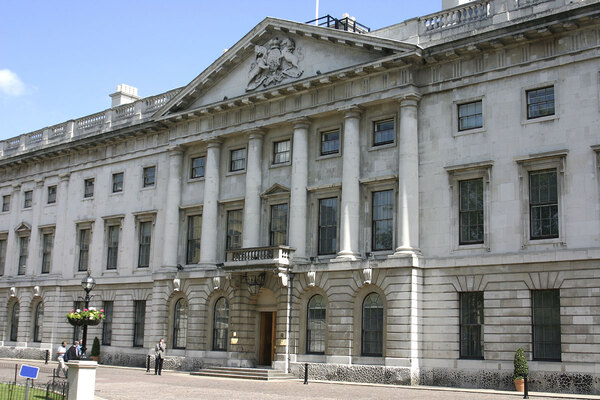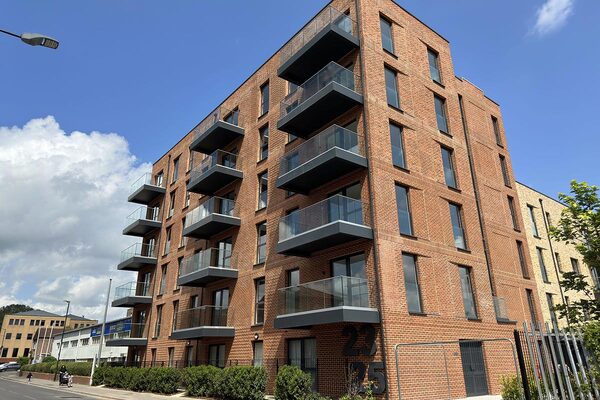You are viewing 1 of your 1 free articles
Private rental listings drop by 41% in London, new research reveals
Private rental listings in the capital have dropped by 41% since the COVID-19 pandemic, new research by London Councils has revealed.
The research, undertaken jointly by the LSE and Savills and commissioned by a partnership led by the cross-party group, also found that rental prices listed by landlords in the capital are 20% above their level in March 2020.
The group and the report’s co-funders – Trust for London, Capital Letters and the London Housing Directors’ Group – said the sharp fall means London’s housing pressures are going from “bad to disastrous”.
They said the research is the latest evidence of London’s “broken” housing market and the need for “urgent government action” to address rising homelessness.
The most recent government homelessness statistics revealed that the number of households living in temporary accommodation across England exceeded 100,000 in December 2022 – the highest figure since 2005.
London Councils estimates that 166,000 Londoners are homeless and living in temporary accommodation arranged by their local borough.
Councils in the capital are collectively spending more than £52m each month on temporary accommodation.
The researchers also investigated affordability for the 300,000 London households reliant on Local Housing Allowance (LHA).
They found that only 2.3% of London listings in 2022-23 were affordable to those relying on LHA to cover their housing costs – down from 18.9% in 2020-21.
Before being frozen in 2016, LHA rates covered the cheapest 30% of rents in the local area.
In April 2020, in response to the pandemic, the government restored LHA rates to the cheapest 30th percentile, but they have been frozen since then and have not kept pace with inflation.
Rental listings have fallen across London, with the number of one, two, and three-bedroom properties listed for rent in both inner and outer London down by around 36% since before the pandemic, when comparing the first quarter of 2023 to the January to March average between 2017 and 2019.
Listings for four-bedroom properties declined the most, dropping by 46.6%.
Across, one, two, three and four-bedroom properties, the overall reduction is 41% down on the 2017-19 average.
This reduction in the availability of private rental accommodation is higher in London, compared to a fall of 33% nationally.
It found that the number of rental properties being advertised for sale has more than doubled since the pandemic.
London Councils said the Renters’ Reform Bill, currently making its way through parliament, will bring some positive changes for renters, including the ban on no-fault evictions.
But the group and its partners are calling on ministers to take further measures to help low-income renters meet their housing costs and address homelessness pressures, including through raising LHA to cover at least 30% of local market rents and boosting investment in building more affordable homes.
Darren Rodwell, executive member for regeneration, housing and planning at London Councils, said: “This research is the latest evidence of how the capital’s broken housing market is worsening the unsustainable and increasingly unmanageable pressures we face in London.
“A bad situation is now becoming disastrous.”
He added that homelessness is a “national emergency”.
“But with London accounting for two-thirds of England’s temporary accommodation placements, we are at the epicentre of this crisis.
“Urgent action is needed from the government to help households avoid homelessness and to reduce the number in temporary accommodation,” Mr Rodwell said.
Abigail Davies, director at Savills, said: “London’s private rented sector, which provides homes for over one million households, is heavily reliant on private landlords.
“Many have high levels of borrowing, who find themselves at the sharp end of the turmoil in the mortgage market.
“The triple-whammy of rising costs of borrowing, greater exposure to tax, and regulatory changes means many are exiting the sector, putting downwards pressure on supply against ever-rising tenant demand.”
A spokesperson for the Department for Levelling Up, Housing and Communities (DLUHC) said: “We recognise people are facing pressures in the private rented sector, which is why we introduced the Renters (Reform) Bill, delivering a fairer deal for renters and empowering them to challenge unjustified rent increases.
“Individuals who need help to make their rent payments may be eligible for a range of financial support through the welfare system.
“We are providing £4bn to the Greater London Authority directly to unlock more affordable housing and we expect them to get on and build the homes London needs.”
Sign up for our homelessness bulletin
Already have an account? Click here to manage your newsletters
